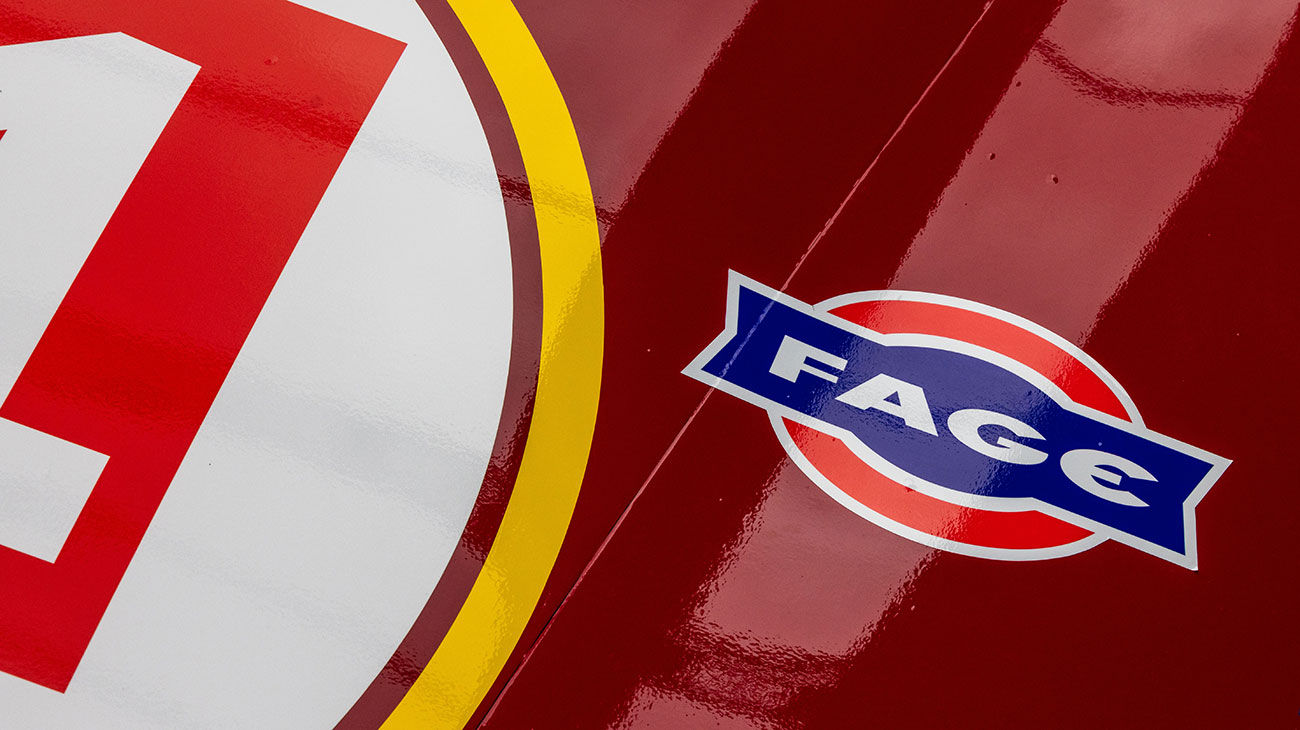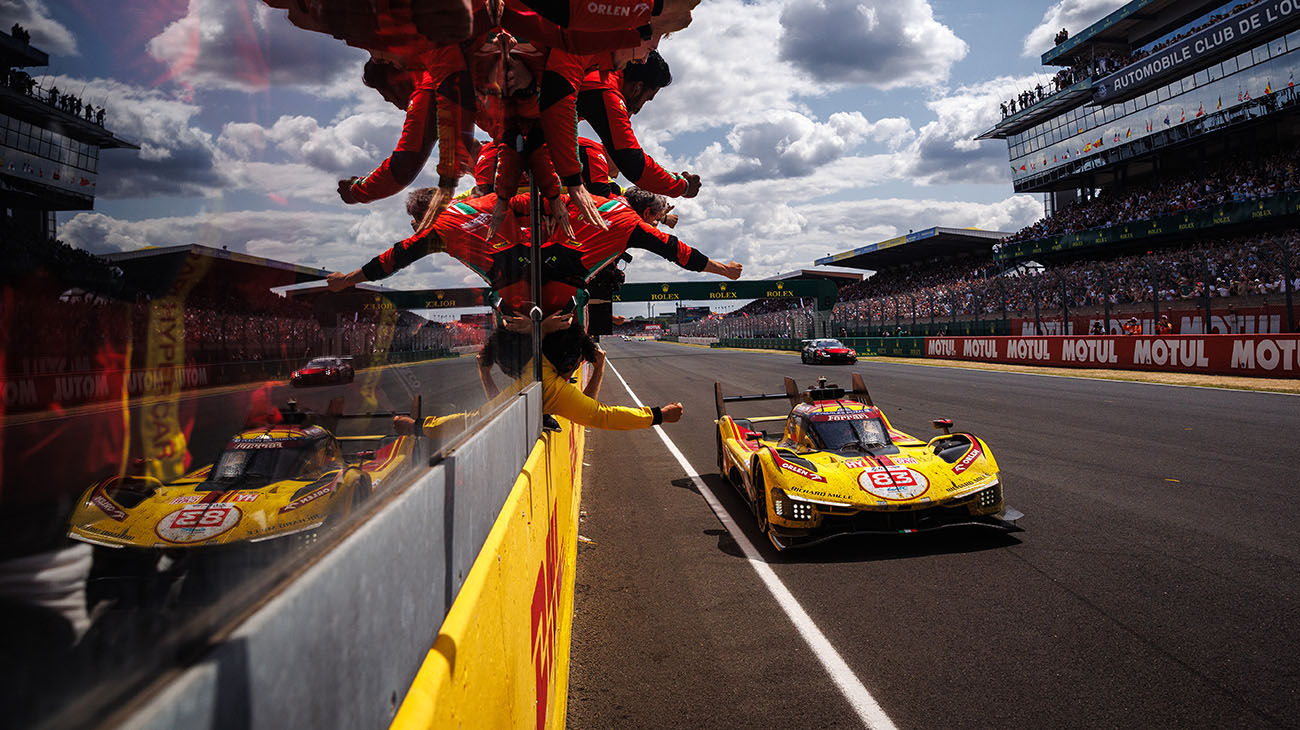

Ferrari Hypercar
24 Hours of Le Mans

2023 RACE REVIEW


- Ferrari - AF Corse#51A. PIER GUIDI / J. CALADO / A. GIOVINAZZI
- Race Result1
- Fastest Lap3:27.890
- Pit Stop30
- Laps342
- Total time24:00:18.099
- Ferrari - AF Corse#50A. FUOCO / M. MOLINA / N. NIELSEN
- Race Result5
- Fastest Lap3:27.218
- Pit Stop31
- Laps337
- Total time24:01:31.657
- Gap from leader5 Laps
Chairman Ferrari
Global Head of Endurance and Corse Clienti
Head of Endurance Race Cars
AF Corse Founder
499P #51 driver
499P #51 driver
499P #51 driver
499P #50 driver
499P #50 driver
499P #50 driver

Circuit de la Sarthe
The 13,626-metre Circuit de la Sarthe, near the French city of Le Mans, is one of the longest tracks in the world. It is also home to one of the world’s most renowned and captivating races: the 24 Hours.

The circuit’s main feature is its use of stretches of public county roads which remain closed to traffic during competitions. These are used in conjunction with other permanent sections of track.
The original Le Mans track harks back to 1923, when local roads around the French town were put into use for the 24 Hours, nowadays, the marquee event in endurance car racing.
Over the years, the Circuit de la Sarthe has undergone numerous changes before settling for its current 13.5-kilometre length. It is characterised by its infamous long straight known as the Ligne Droite des Hunaudieres. This, like the race’s other straights, is notorious for the mechanical fatigue that cars are subjected to: with lengthy stretches of full-throttle acceleration, endless gear changes and abrupt braking. Particularly of note is the decisive final section of the Hunaudieres straight, taken virtually flat-out. It is no coincidence that disc brakes made their first appearance here at the Le Mans circuit. Furthermore, it was on this very track, where the first testing was carried out into the cut-off system, which stops fuel-flow into the engine during braking, thus reducing consumption. Fuel management has always been a decisive strategical factor for anyone aiming to win an endurance race.
In 1990, in order to reduce speeds, two chicanes were introduced on the Hunaudieres straight, the first named Forza Motorsport, the second Michelin.




- LocationLe MansFrance
- Turns21
- Circuit Length13.626 Km
Season 2023

FERRARI 499P
499P is the name of the new Le Mans Hypercar with which Ferrari will tackle the FIA WEC in the top class from 2023, a name evoking the history of the Prancing Horse manufacturer.
- Race Review
- hypercar
- Comments
- News
- media gallery
- Circuit Info
- Drivers
- Calendar
- car
















